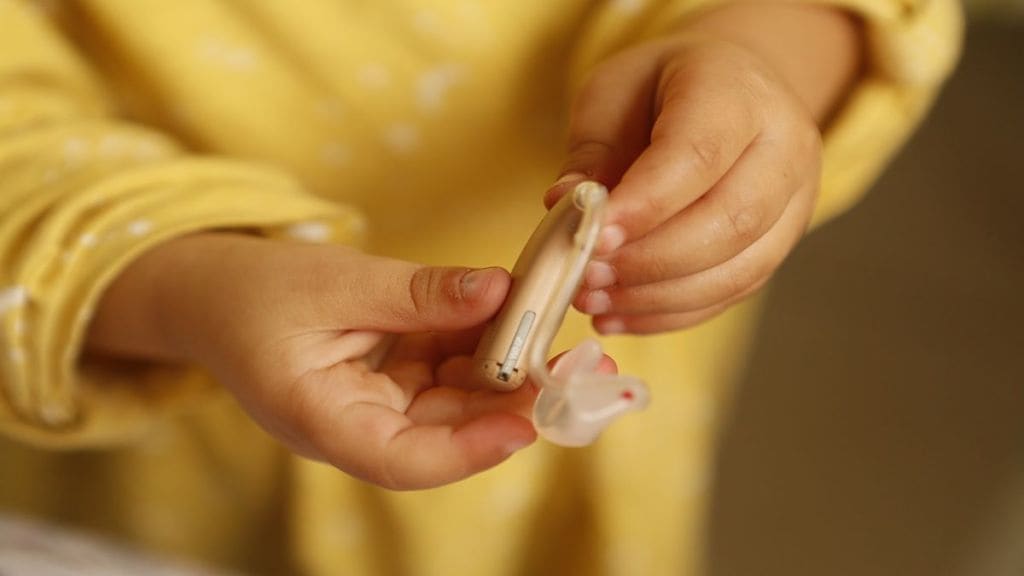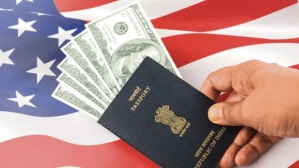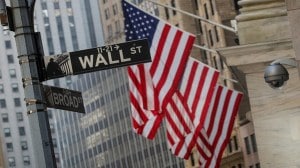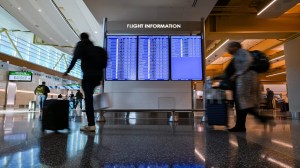Dr Suneela Garg & Dr K Madan Gopal
The World Health Organisation Director-General stated that hearing loss is an “invisible disability.” Its invisibility masks its prevalence and profound impact on quality of life. Yet, for far too long, public perception and policy have relegated hearing loss to the realm of inconvenience rather than the serious health issue it represents. World Hearing Day 2024 is a clarion call to change these mindsets and prioritise ear and hearing care for everyone.
World Hearing Day, observed annually on March 3rd, serves as a clarion call to address the global challenge of hearing loss—a condition often dubbed an “invisible disability.” This year, the theme “Changing mindsets: Let’s make ear and hearing care a reality for all” underscores the urgent need for a paradigm shift in how we perceive, approach, and manage ear and hearing health.
The statistics are startling. The WHO estimates that over 1.5 billion people worldwide live with hearing loss. In India, the ICMR National Task Force Project on the Prevalence and Etiology of Hearing Impairment (2020) found that nearly 10% of evaluated subjects suffered from hearing loss. These numbers are sobering, but even more alarming is that globally, over 80% of ear and hearing care needs remain unaddressed. This gap translates into needless isolation, communication breakdowns, diminished cognitive function, and substantial economic losses estimated at almost a trillion dollars annually.
Why does such a pervasive and costly public health issue remain marginalised? Deeply ingrained societal misperceptions and stigmatisation play a significant role. Let’s tackle some of the most damaging myths preventing us from achieving optimal hearing health.
The societal misperceptions and deeply ingrained stigmas surrounding ear and hearing problems are formidable barriers to effective care. These attitudes hinder the adoption of preventive measures and discourage individuals from seeking the help they desperately need. As a result, millions continue to suffer in silence, their conditions worsening while solutions remain within reach.
Myth 1: Hearing loss is a problem of old age. While it’s true that hearing loss becomes more common as we age, it’s far from just an “old person’s problem.” Noise exposure, infections, chronic diseases, medications, and genetics can cause hearing loss at any age. Children and young adults are especially vulnerable to noise-induced hearing loss from loud music and unsafe listening practices.
Myth 2: Hearing aids are all you need. Hearing aids are incredibly valuable tools, but they’re not a magic bullet. Successful hearing health management often involves a multifaceted approach, which includes prevention strategies like reducing noise exposure, early diagnosis, aural rehabilitation, counselling, and assistive technologies.
Myth 3: Hearing loss is just about not being able to hear. The consequences of hearing loss extend far beyond audibility. Research links untreated hearing loss to an increased risk of social isolation, depression, cognitive decline, and even dementia. Children with hearing loss may experience developmental delays and educational challenges.
These damaging misperceptions create a stigma surrounding hearing loss. This stigma discourages people from seeking help and fosters a sense of embarrassment or shame about a common health condition. The result is unnecessary suffering and a colossal waste of human potential.
Changing the Narrative: Prioritising Hearing Health
World Hearing Day 2024 presents a timely opportunity to change the conversation around ear and hearing care. Here are the key actions needed:
- Public awareness: campaigns highlighting the diverse impacts of hearing loss and the benefits of early intervention are essential for demystifying hearing health.
- Healthcare provider education: Training for primary care physicians and community health workers can improve their capacity to screen for, identify, and refer patients for hearing loss treatment.
- Policy reform: Policies that support the integration of hearing care services, insurance coverage for hearing aids, and accessibility standards for assistive technologies are indispensable.
- Addressing stigma: Public figures and community leaders speaking openly about their hearing loss can help normalise it and encourage others to get the help they need.
Investing in ear and hearing care isn’t just about improving communication; it’s also about investing in overall health, well-being, and economic productivity. It means ensuring that children have a strong foundation for learning, adults can thrive in the workplace, and seniors remain connected and engaged with their communities. This World Hearing Day, let’s pledge to create a world where the resounding clarity of understanding, acceptance, and equitable access to care replaces the invisibility of hearing loss. Let’s make hearing health a reality for everyone.
As World Hearing Day 2024 draws near, we must reaffirm our dedication to conquering hearing loss. This isn’t merely a day on the calendar; it’s a rallying cry for action. It challenges us to harness our collective strength—uniting governments, healthcare providers, communities, and individuals—to prioritise hearing health and dispel the stigmas that have long shadowed hearing impairments.
This moment calls us to stand as champions for those who need our voice. Together, we can shift perspectives and make comprehensive ear and hearing care accessible for everyone, revolutionising lives and communities. Let’s elevate ear and hearing care to the forefront of our priorities, not only on March 3rd but every single day. In unity, we can alter perceptions and effect significant change for hearing loss patients. Let us take up this challenge head-on and commit to ensuring everyone has access to ear and hearing care.
Embrace this mission with open hearts and unwavering resolve. Let’s tirelessly endeavour to turn ear and hearing care into a universal reality, forging a future where every individual has the support and resources to thrive, irrespective of their hearing capabilities. Together, we can and will make a difference.
Dr Suneela Garg is Chair of the Programme Advisory Committee, NIHFW MoHFW GOI and Dr K Madan Gopal is working as an Advisor to the Public Health Administration, NHSRC, MoHFW, and GOI. Views expressed are personal and do not reflect the official position or policy of the FinancialExpress.com.)









